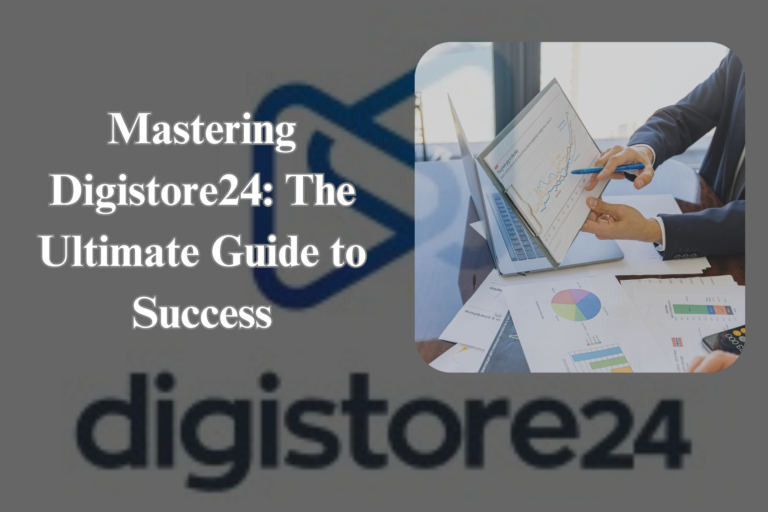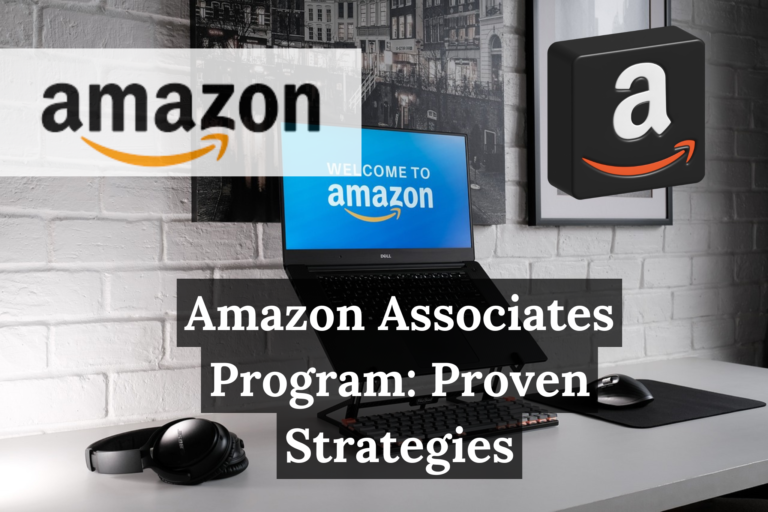Master YouTube: Proven Strategies to Boost Subscriber Growth by 500%
History and Growth of YouTube
YouTube was born in 2005 and completely changed the way we used to share and watch videos. The site was created to be a simple website where users could upload and watch videos. But soon, the site attracted a large number of visitors. It gained rapid success due to its user-friendly interface and its capability to host various content. In 2006, Google bought YouTube and gave it the resources to expand even further.
In summary, it is high-definition video, further extended by the ability to stream from mobile devices and including a high-value monetization program, that created a necessary tool for content creators on YouTube. In addition, expanding its offering toward live streaming and real-time interactions with a bigger reach made the service even more critical. The move that finally consolidated its position was the introduction of original content and YouTube Red, later called YouTube Premium.
As access to broadband internet opened up, YouTube became an overnight sensation and began attracting contributors from all over the world. Its role extended into education, activism, and even politics. The ability to change with changing times has also kept it abreast: its algorithm and user interface have been modified at short intervals to ensure a superior experience for its viewers.
But it is today also a global force-a juggernaut that shapes our culture, creates trends, influences business practices-and has evolved, remarkably and with unprecedented velocity, from being a simple ‘video-sharing website’ to one of the worlds most comprehensive online content platforms.
Features of YouTube Platform
The YouTube platform is filled with features aimed at nurturing and growing channels. The analytics tool of the platform provides insight into viewer demographics, watch time, and engagement to the creators for data-driven decisions. Editing tools on YouTube help creators enhance their videos with elements like trimming, adding music, and incorporating effects. The recommendation system plays a very important role in suggesting videos based on user behavior, hence increasing visibility for creators.
Comments, likes, and shares let them engage with and become a part of a community. YouTube Stories and Community Posts are other ways to engage your subscribers by letting them know what’s new and keeping them interested in your channel during the time periods between uploads of videos. It also provides live streaming, enabling one to interact with the viewers in real time-a great tool for audience building.
Playlists and End Screens keep viewers on your channel longer by directing them to related content. YouTube’s SEO features, like tags, descriptions, and thumbnails, are key to making the videos more visible in search. Closed captions and translations make videos more accessible to a broader audience, which includes non-native speakers and those who are hard of hearing.
Monetization features include ads, memberships, and Super Chat. These tools not only enhance the viewing experience but also empower creators to build and sustain their channels effectively.
The Social Impact of YouTube
YouTube has revolutionized the way we communicate and connect. The website offers individuals a chance to put their knowledge, creativity, and ideas on the world. It is a place for any kind of voice, for majority or minority, where communities are on their own terms. Uploading and sharing videos is simple and thus any internet-connected user has a potential to be a media producer.
YouTube has been a great ally to grassroots activism in raising awareness and mobilizing support in very effective and efficient manners. This is where social justice comes into play: giving voice to the voices that are rarely, if ever, heard and a soapbox to loudly share their opinions. Educational channels offer information of all sorts for viewing, from do-it-yourself instructions to obscure academic subjects, making learning more accessible than ever before.
It also impacts cultural trends and public discourse. Consumer attitudes are changed by viral videos and endorsements from celebrities. YouTube’s comment section provides space for public discourse and debate. It has also contributed to citizen journalism whereby citizens are able to shoot and disseminate news events as and when they happen, presenting alternative perspectives to mainstream media.
The flip side of such gigantic magnitude is challenges leveled at the platform on fronts ranging from misinformation to content moderation, and finding that delicate balance between free speech and community standards. For all such teething issues, YouTube remains one force to contend with, impacting life in today’s society.
Business Opportunities on YouTube
YouTube offers several ways of generating money from videos: Ad placements offer a consistent way of generating income, based on the number of viewers a specific video receives. Sponsorships and brand collaborations are lucrative in the sense of having the creators sell merchandise for which their audience has a liking.
Merchandise sales from integrated platforms offer other means of income from one’s brand. The YouTube Partner Program will be required for those creators who want to earn money directly from ad revenue, channel memberships, and Super Chat. Companies also utilize YouTube as a marketing platform so that they can reach more audience through targeted video content. Integration of e-commerce on the platform enabled frictionless transactions; therefore, companies could sell products directly from their channels.
Also, affiliate marketing is a great source of income where creators make money by selling other people’s products.
YouTube as an Educational Tool
YouTube has revolutionized learning by providing an open forum of learning resources to anyone with access to the internet from anywhere in the world. The website caters to students of all levels of study and subject areas, from self-help books to full-term courses. Teachers use YouTube to add graphic aid and interactive media to standard classroom practices that enhance student engagement and recall.
The enormous store of content on the website varies from school science and maths lessons to more career-oriented skills like cooking and programming. Learning channels mostly divide complicated subjects into simpler pieces, which are easier to learn and more enjoyable. The advantage of videos is that they can be paused, rewound, and replayed, allowing one to learn at one’s own pace.
YouTube has also passed the boundary of traditional learning. It can prove to be a useful source for self-learners who would like to learn something new or refresh their current knowledge in their field of interest. For instance, language students can receive videos in the target language, and hobbyists can receive step-by-step demonstrations on how to enhance their hobby.
In addition to these, YouTube is also a learning site for institutions and professionals of high repute from all over the world. Most of the universities and institutions upload lectures, seminars, and discussions; hence, access to quality information that may otherwise have gone unaccessed is made available to everyone. It helps in the democratization of information, reducing knowledge gaps, and enabling learning.
Content Creation on YouTube
To produce compelling content on YouTube, begin by choosing a niche that is distinct and aligns with your passion and area of expertise. Producing genuine and real videos is important in establishing a loyal following. Focus on production quality; proper lighting, clear sound, and sharp images make a big difference. Compelling thumbnails and attention-grabbing titles drive click-throughs, and hooking intros get people hooked immediately.
Engaging with your audience is the most important way of creating a community. Answer comments, ask for feedback, and create content that answers questions or topics brought up by the audience. Use social media sites to promote your videos and engage with your audience on a personal basis.
Use YouTube’s analytical tools to track the performance of your video.Look for metrics such as engagement, audience retention, and view duration.Use these figures to adjust your content strategy and see what works best for your audience.Be consistent; maintain a posting schedule to keep interacting with your audience and making them hungry for more.
Collaborating with other creators may expose you to a larger audience. Collaborating with channels sharing the same audience may expose your content to a different audience. YouTube’s SEO tools, such as keywords and tags, may also make your video more visible on search results.
Ways to Boost Your YouTube Subscribers
It does take effort and planning to create subscribers on YouTube. First, you need to have content that is interesting and high quality. Be yourself because what people like is the truth, and write about things that you care about. Headlines and thumbnails do count—they need to be compelling and relevant if they are to grab the attention of the viewers.
Calls-to-action are required. Alert your audience to subscribe at the start and end of your videos. You may also entice subscribers by giving them special content or behind-the-scenes videos for subscribers. Collaborations are a win-win because working with other YouTubers has the potential to introduce your channel to a new following.
Utilize YouTube analytics to figure out what works best for your channel. Monitor watch time, click-through rate, and audience retention to guide your content strategy. Engaging with your audience on social media and in the comments section creates community and loyalty, which can result in more subscriptions.
Consistency in your upload schedule on a regular basis keeps your audience coming back for more. To create anticipation, announce your schedule and stick to it. Your video titles, descriptions, and tags must be keyword-optimized with keywords related to your content so that you get a better ranking in search and new viewers can easily find your channel.
With these measures in place, you are able to create an active YouTube audience where one-time viewers are turned into subscribers.
YouTube and the Entertainment Industry:
YouTube democratized the creation and distribution of content within the entertainment sector. It affords independent creators an avenue to produce and share high-quality videos sans the previous stumbling blocks of studio backing or heavy personal investment. The end result is a plethora of unique voices and different material that might have never made it through traditional channels of media.
Artists publish new tracks and connect with their audience directly on YouTube, sans middlemen in most cases-aka record labels. Filmmakers and web series producers also use the site to show their work and at times get discovered that way by the big studios and production houses.
But it has also created an entirely new breed of celebrity unto itself: the YouTuber. Oftentimes, their followers eclipse those of any old-school media starlet. They know their base personally; because of this, a sense of community and devotion often exists, which is a little lacking in the case of mainstream celebrities.
YouTube Live, with other real-time engagement features on the site, allows creators to reach their audiences in ways no traditional medium ever could. It is very much an essential part of modern entertainment today because people want to experience the content that is personal and real.
The stronger the cutting of cords from traditional TV is, the stronger YouTube becomes in the world of entertainment day in and day out. Innovation keeps on finding a way with new content and interactions that fulfill a digital-first audience.
User Experience and YouTube’s Algorithm
It works in a way that YouTube, through video recommendations and search results, looks at the personal preference of the users. To accomplish this, it goes through a set of metrics ranging from watch time and click-through rates to viewer retention, which measures what content to engage in. It works such that the more engaging your video is, the more it’s recommended to new viewers.
More than that, knowing the inner details of the algorithm means a lot to creators in terms of channel growth. Strong engagement numbers tell the algorithm that your content is valuable, thus increasing its exposure. Using strong SEO practices, such as including relevant keywords and tags, further improves the chances of your video popping up through search results and recommendations.
Other features of user engagement that play in the role of influencers include likes, comments, and shares. Videos that normally elicit some activity rank because this is a way of showing they are more engaging. A regular schedule for uploading videos keeps viewers engaged and notifies the algorithm of the existence of your channel and that it’s active to boost further recommendations for views.
Instead, focus on creating high-quality, engaging content, backed by proper SEO and engagement, for the best YouTube optimization that will make navigation and engagement with your channel easier for your target subscribers.
YouTube will continue to change dramatically due to changes in technology and user behavior. While VR and AR devices become increasingly more accessible, even more immersive experiences of content can be expected, which will continue to engage audiences in newer ways. Artificial intelligence may also continue to play an increasing role in the optimization of recommendations of content and even in advanced video editing tools that improve creation.
Shopping features may continue to get more integrated with the rise of e-commerce on YouTube, allowing viewers to purchase products directly from videos. Besides, the site is likely to expand monetization possibilities, hence giving authors other sources of revenues. However, YouTube will continue to have challenges over content moderation, privacy, and regulatory compliance. The balancing of interests between creators, advertisers, and viewers will remain paramount. How well the platform can meet these challenges while fostering innovation will determine whether the site will continue to be successful in the ever-evolving digital world.
Conclusion: The Ever-Growing Influence of YouTube
Since its founding in 2005, YouTube has grown into an international powerhouse in video content, shifting the paradigm in which people create, publish, and consume media. It is a hub for entertainment, education, and business; a trendsetter blessed with diverse features, live streaming, and Shorts. Addressing their challenges with regard to content moderation, high competition, among others, it is innovation, and particularly an exceptional ability-YouTube’s-wiring the global audience and its creators together in one platform-that keeps them on the edge in digital times.







